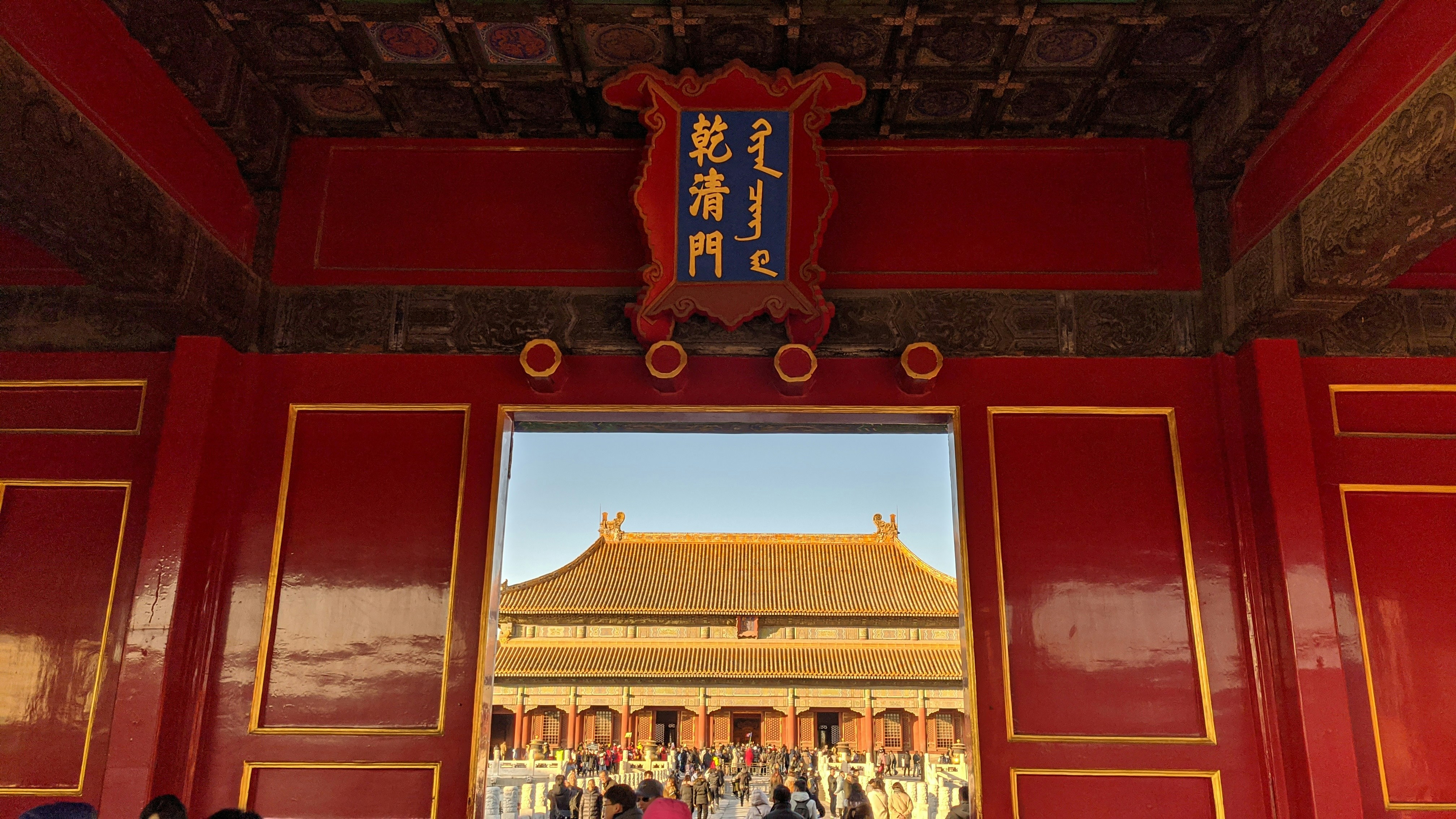Deciphering China's tariffs and export tax rebates
閱讀時間約 10 分鐘
According to the decree of China Customs before December 2022, imported goods usually need to pay the following taxes and fees:
Import tariff: The tariff on imported goods is calculated according to the type and value of the goods. According to the tariff rules of China Customs, each commodity is assigned a specific tariff rate. For example, the tariff rate might be 25% on imported cars.
- VAT: Imported goods are also subject to VAT, a fixed rate calculated on the value of the goods and the total amount of duties. Usually, the VAT rate is 13%, but there may be special tax rates depending on the category of interest.
- Consumption tax: Some specific imported goods, such as high-priced luxury goods, tobacco, and alcohol, may also need to pay consumption tax. The consumption tax rate is also determined according to the type and value of the goods, and different interests may have different tax rates.
- Import VAT: Some imported goods also need to pay input VAT, an additional tax calculated based on the value of the goods and the VAT rate.
For example, if an imported TV set worth 100,000 RMB is calculated according to the applicable tax rate, the taxes and fees that may need to be paid are as follows:
Tariff: RMB 100,000 × 10% (assuming a tariff rate of 10%) = RMB 10,000
Value-added tax: (RMB 100,000 + RMB 10,000) × 13% (assuming a value-added tax rate of 13%) = RMB 14,300
According to the mainland China tax laws and regulations promulgated before the end of December 2022, we analyze and discuss issues related to tax rebates for export products of import and export enterprises in mainland China:
- Export tax rebate rate: Mainland China implements an export tax rebate policy for export products, and the tax rebate rate varies with product categories. The tax rate can be queried according to the tax refund category catalog of China Customs, which includes the tax refund tax rate and conditions of various products.
- Handling tax business: Taiwanese business people conducting export tax refund business in mainland China must take it by relevant tax regulations and procedures. Generally speaking, Taiwanese business people need to submit the corresponding tax refund declaration documents and relevant supporting documents to the local tax authorities and complete the appropriate review and declaration procedures by the requirements of the tax authorities.
- Tax refund declaration deadline: Mainland China has set a specific deadline for tax refund declarations, generally within a certain period after export goods are loaded on board (or on a flight). The deadline can be determined according to the requirements of the local tax authorities and relevant laws and regulations, and attention should be paid to timely understanding and reporting on time.
- Penalties for late declaration: If Taiwanese businessmen fail to file tax refund declarations on time, they may face corresponding penalties. Common penalties may include fees for delaying tax refund declarations or punitive interest. The relevant regulations of the local tax authority can inquire about specific penalties.
Important note: The above answers are only based on mainland China's tax laws and regulations promulgated before the end of December 2022. As tax laws and regulations may change, it is recommended that Taiwanese businessmen consult professional tax consultants or local tax authorities before conducting relevant tax business to ensure they can obtain the latest tax laws and regulations.
REFERENCE:
Chao, C.-C., Yu, E. S. H., & Yu, W. (2006). China's import duty drawback and VAT rebate policies: A general equilibrium analysis. China Economic Review, 17(4), 432-448. doi:10.1016/j.chieco.2006.02.005
Chao, C.-C., Yu, E. S. H., & Yu, W. (2006). China's import duty drawback and VAT rebate policies: A general equilibrium analysis. China Economic Review, 17(4), 432-448. doi:10.1016/j.chieco.2006.02.005
Lee, W., Ma, H., & Xu, Y. (2021). Export tax rebate and the margins of exports: product-level evidence from a quasi-natural experiment. International Tax and Public Finance, 28(2), 386-404. doi:10.1007/s10797-020-09633-2
為什麼會看到廣告
3會員
51內容數
我是一位專精在中港台海運進出口行業工作的從業人員,見證了行業從紙本文件到電子化的轉變。隨著科技進步和網路化,數位化作業成為必要趨勢,它大幅提升了作業效率並帶來的挑戰。近年來法令法規也不斷驟變,法令遵循也成為日益重要的議題。我會透過寫作分享自己對這些變化的看法,並提供相關經驗與知識,幫助新進人員更好地融入這個行業。
留言0
查看全部










